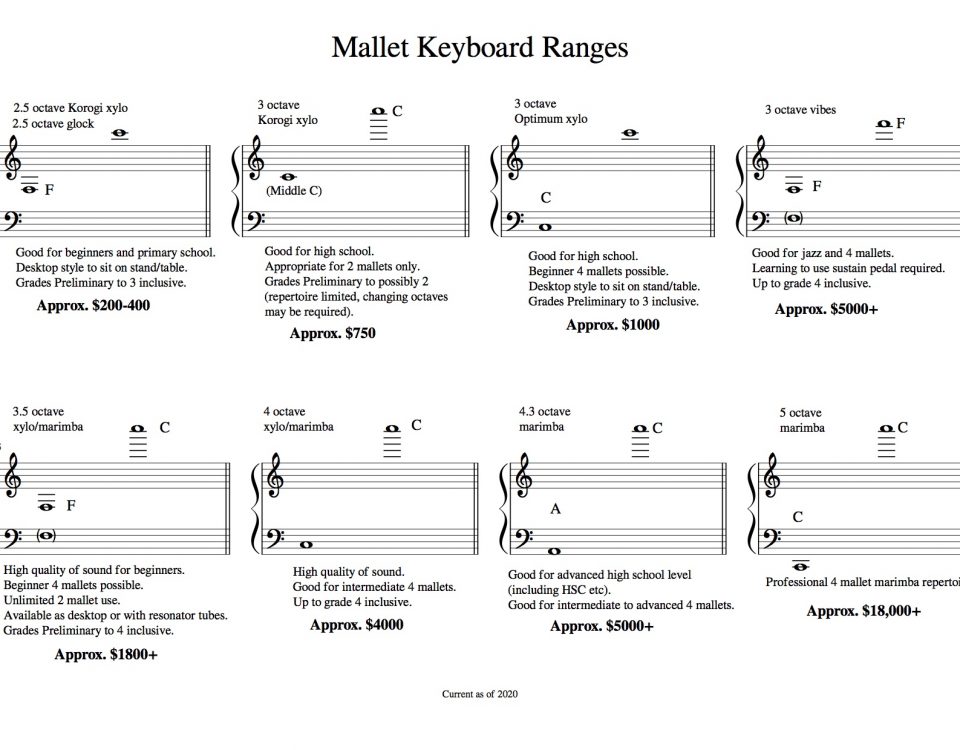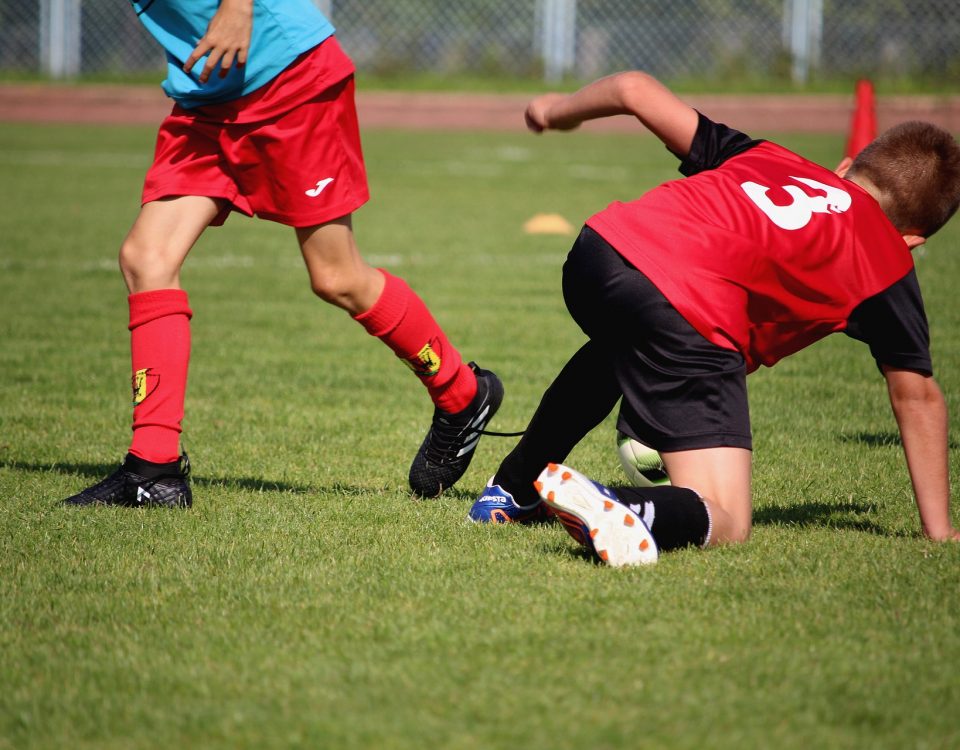Supporting your Child’s Musical Progress

Percussion Theatre – Thesis Abstract
20/02/2017
Should my Child Have a Go at Music?
04/06/2019By Kaylie Dunstan; BMus, MMus.
It has become a well-known fact that learning a musical instrument provides many benefits to the educational development of children. There are many sources of information circulating that explain how music can benefit your child (see How playing an instrument benefits your brain – Anita Collins – YouTube). It can enhance a child’s problem-solving, analytical, aural, social and language skills, not to mention their discipline. This article aims to suggest ways parents can assist children in their musical progress and to make the most of their music tuition.
Some key points I will be covering include:
- Be ready to prompt children to practise on a regular basis with lots of encouragement.
- A reward system may be a good option for children who are used to instant gratification.
- A lack of practice often means most of the lesson is taken up by relearning material from the previous week.
- Is your child practising efficiently?
- Use the music diary to keep informed of your child’s progress and interact with them during practice sessions.
- Choosing the right instrument for your child to learn is essential to musical success and enjoyment.
- Choosing the right instrument
When it comes to choosing what particular instrument a child should learn, the first port of call is typically the violin or piano. I myself started learning the violin when I was three years old and after the initial novelty wore off, I showed little progress and even less interest in making music on this particular instrument. Coming from a musical family seemed to hold no bearing on my seeming lack of talent. It wasn’t until I reached high school that I was thrown into the percussion section of the concert band and soon after my passion for ‘hitting stuff’ took over. I am of the firm opinion that the instrument chooses the individual. We obviously want children to learn to love creating music but they need an instrument they can identify with, so a brief introduction to various stringed, wind, brass and percussion instruments is recommended as a starting point to get them on the track to enjoying musical success.
- Motivating your child to practise
Even though I was passionate about percussion as a child, I did not always feel like practising. A common assumption may be that when a teacher instructs a child to practise that this will inherently make a child become disciplined enough to practise on their own accord. For some youngsters this may be true but in my experience, finding an independent learner who takes the initiative to strive for mastery on their instrument is uncommon. Children are familiar with the notion of instant gratification whether they realise it or not. It is evident with computer games, movies, television and social media, where visual stimulation is at their fingertips, story plots are quickly revealed and resolved and relationships are easy to maintain. Music is one activity where hard work and persistence has a delayed pay-off. Results from practice are sometimes immediately visible but the gratification of achieving mastery over a piece is often a later accomplishment. For this reason, students need all the more encouragement from parents to persevere with their hard work. A teacher has very little sway over convincing a child to practise when left to their own devices.
Another assumption may be that exams provide an effective extrinsic motivation to practise. While exams can provide a fitting option for goal-setting and an indication for a student’s current playing standard, they are only effective with the reinforcement and commitment from parents. Children are less able to see the big picture and recognise how their level of practice will affect the outcome. Whether or not you choose to enroll your child in exams, the underlying factor of their success more often than not comes from the support of the parent in reminding the child to practise.
We want to make practising for children a habit to get the best results. Assigning a fixed time for practice into your child’s day-to-day routine will engrain this level of commitment into their musical activity. When consistent practice is lacking, most of the instrumental lesson is taken up by repeating material already covered in the previous week. A student cannot be expected to remember material from week to week without consistent revision at home, just like with any class homework.
Another key factor is organisation, which not only comes from habitual practice but coming to lessons promptly and prepared with materials. I tell my students they have three items on their checklist to bring each week: instrument, music and music diary. Bringing all three things to each lesson is critical to keeping up the momentum of progress and maintaining a record of material to be covered. The latter will greatly impact the successful goal-setting for each student.
- Practice time and goal-setting
The length of practice sessions can be simplified or extended depending on the musical maturity and focus of the student. For very young children such as kindergarten to 8-yr olds, 5-10 minutes five days a week would be a good starting point, especially with other competing extra-curricular activities. There may be a small window before dinner or in the morning. Another strategy is to require a practice session before screen time. Other reward systems can be put in place to add to the motivation to practise.
It is ideal for a child to practise in small increments throughout the week so that it becomes a routine. For example, 5 x 10-minute practice sessions during the week is more beneficial than 1 hour on the weekend. That way, they retain more information and make steady improvements each day. Children generally need reminding of the necessity to practice, especially when they are still developing time-management skills. Students who have parents regulating their practice, inevitably make the most progress and learn self-discipline.
While fulfilling a minimum time quota for each practice is a good starting point, practice sessions should be goal-oriented as a general rule. They may not get through all of the tasks in the music diary each practice session, but a scale/technical warm up or two for a few minutes plus one of their pieces would provide enough material in one day for a young child. Setting a goal for the session will depend on the standard that the piece is already at. Playing 8 bars accurately and musically may be sufficient, or one section without any errors. You can use a metronome tempo marking as a benchmark or playing through a piece with accompaniment, without stopping.
- How to practise
The art of practising is often neglected in a child’s musical education so I have developed some guidelines which have proved effective within my own teaching studio. Through a child’s eyes, an entire piece may be very daunting at the outset, especially when it involves several technical or musical challenges. Breaking the piece down into small sections is necessary to help them digest the overload of information. For instance, when a particular bar or section is proving difficult for the young musician to play fluidly, ask them to play the bar with a metronome at a slow enough speed that they can get through it without any mistakes. Have them make four attempts at playing the bar accurately in a row. If, for example they make an error on the third attempt, they then start from one again. After playing the bar four times in a row correctly, it may be necessary to repeat the process with the metronome at a faster speed until they reach the original practice tempo. Then it is a matter of playing the bar in the context of the piece, or as I like to call it, ‘the approach’. This can usually be taken from the previous bar. If the pupil can play both bars correctly, then they can continue on without stopping. If they make a mistake, they have a second chance, but if they make another error, then they should play both bars accurately four times in a row as before. On the fourth correct attempt, they should continue on with the piece without stopping. In practice, this quickly becomes a relatively simple method and helps to empower pupils to take control of their progress. It gives them a sense of clarity in their learning process and teaches them how to get from one level to the next.
- Find out what your child should be practising
The diary provides an avenue of communication between the teacher, student and parent. This allows you to be more interactive with your child’s musical development. Ask them to explain the tasks required of them in the latest lesson entry. If they have trouble explaining anything, a quick note in the diary to the teacher will help close any knowledge gaps in the future. Not only will this help hold the student accountable in their progress, but it will also assist the teacher in their job of explaining the concepts and skills on their instrument. It’s important to be openly encouraging when overseeing practice sessions rather than being authoritative. We want practice to be enjoyable for the student, as well as empowering.
Enrolling a student in music lessons is an investment in more ways than one. It’s not only an investment in a new instrument and weekly tuition, but also time and energy from the parent. With the right amount of communication and support from parents, learning a musical instrument is an invaluable benefit to a child’s emotional, intellectual and personal growth.




